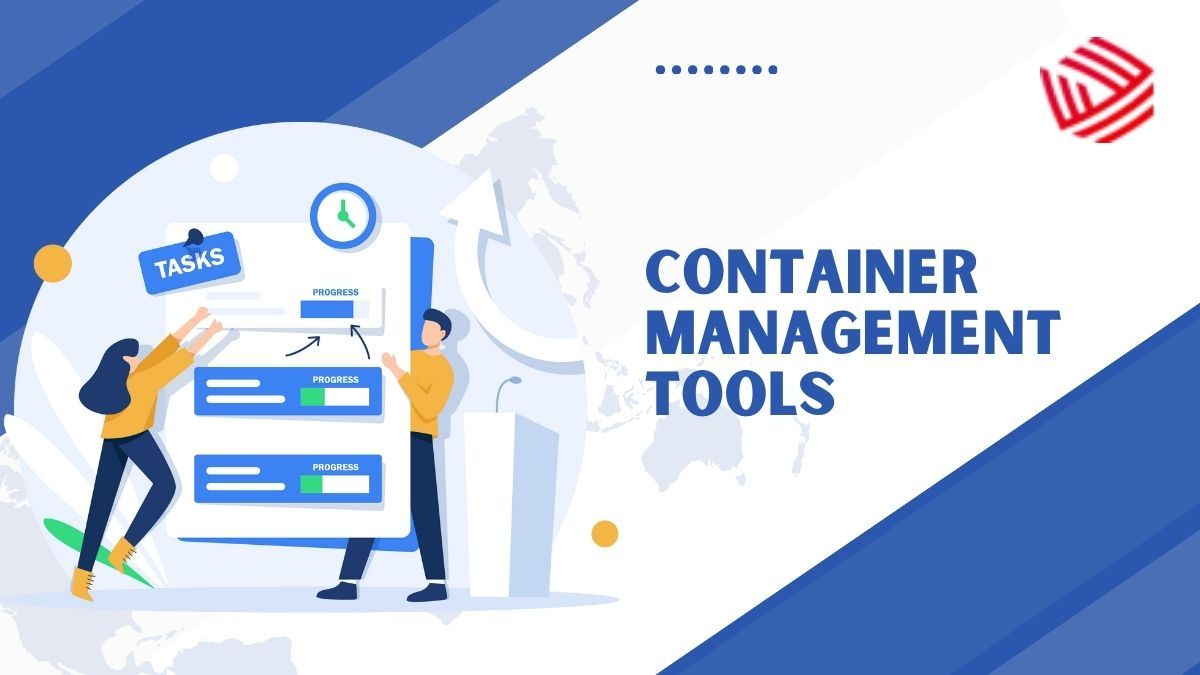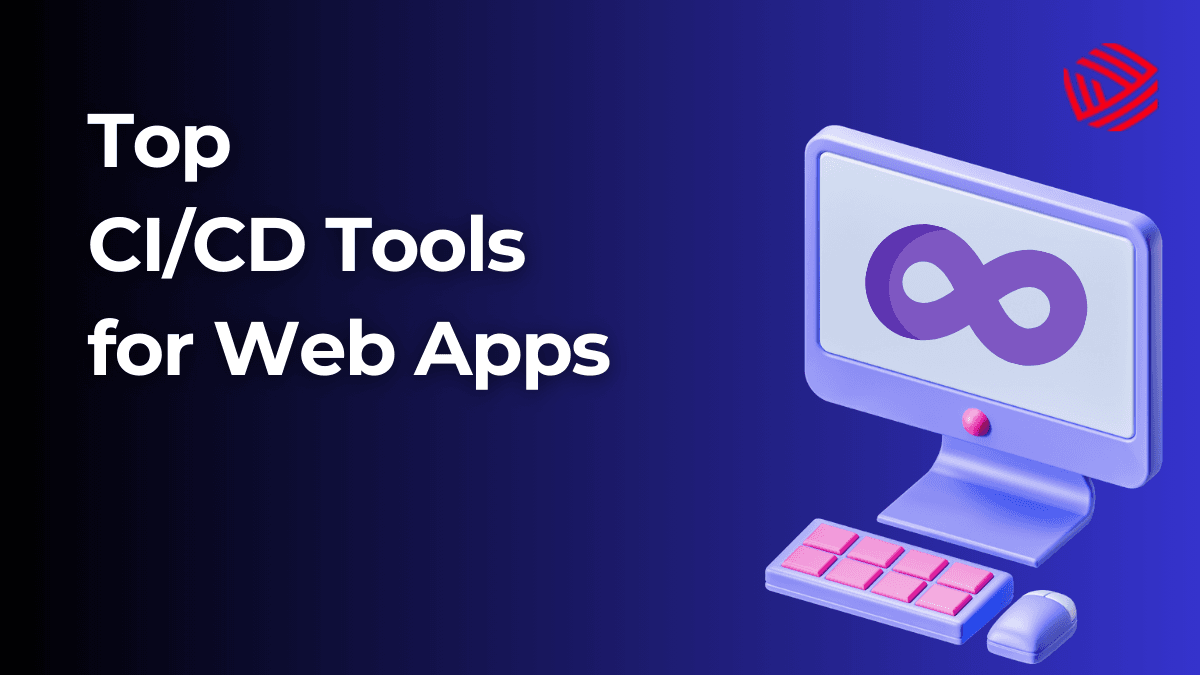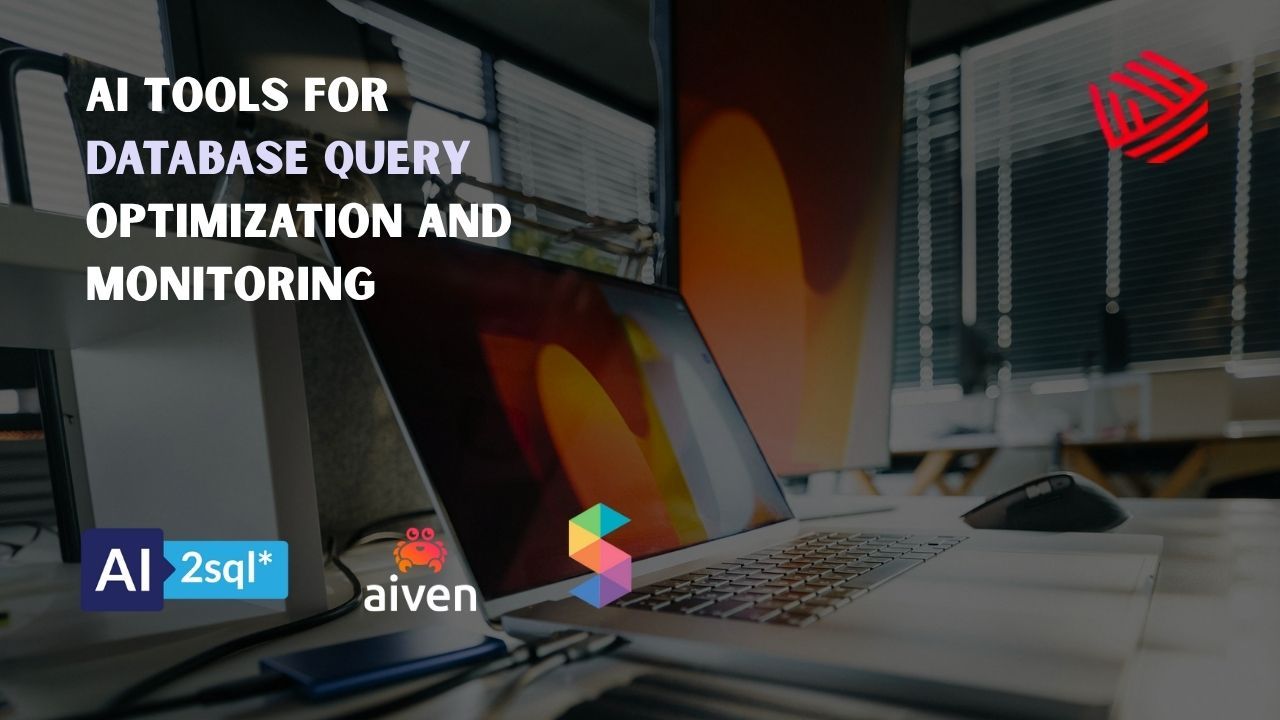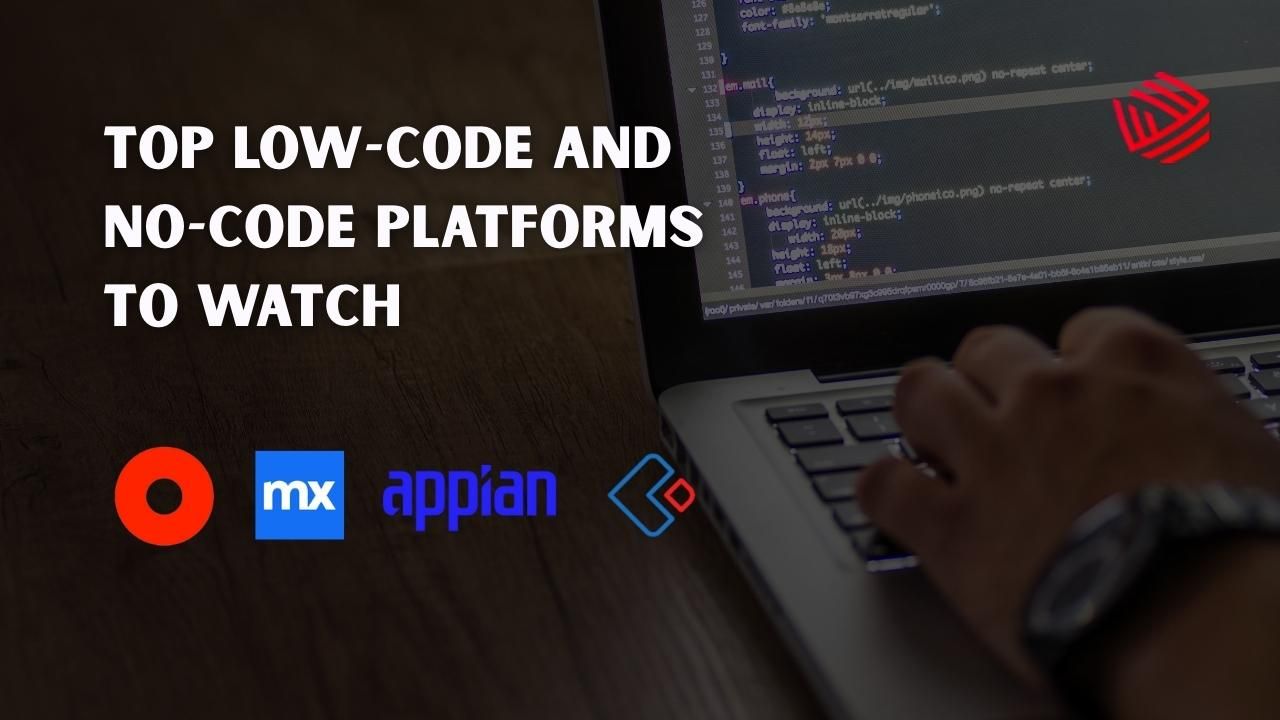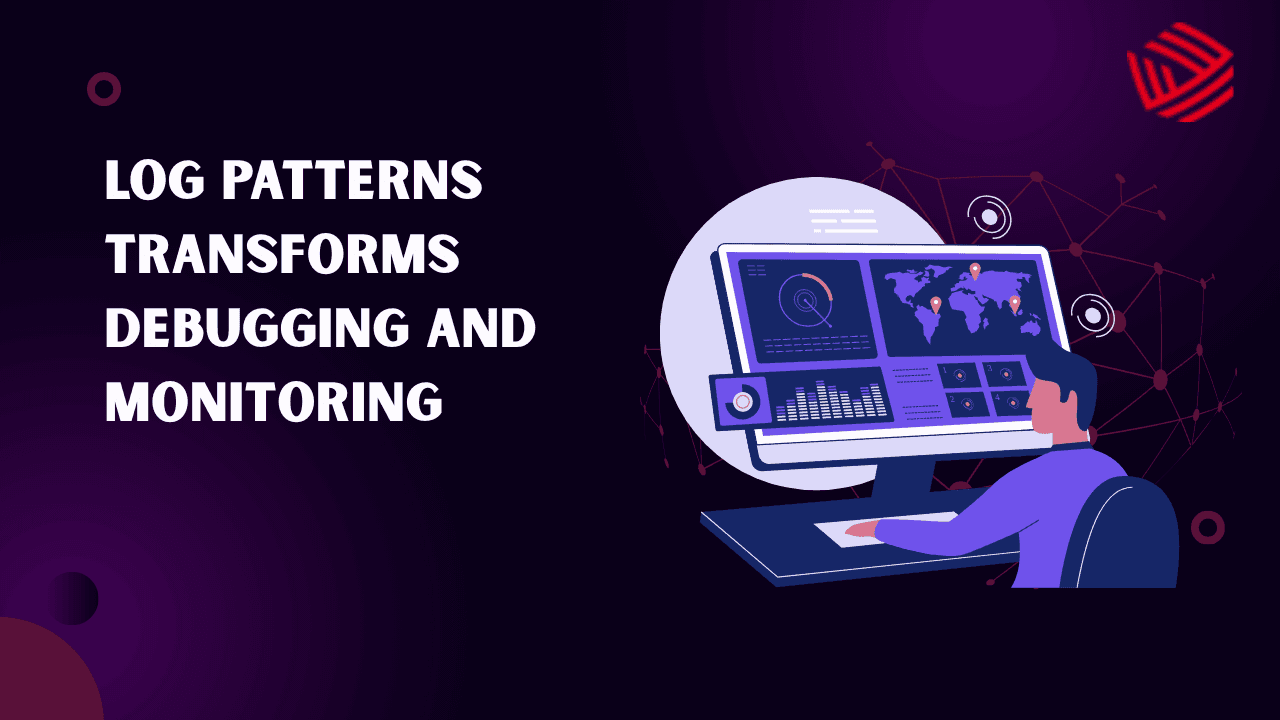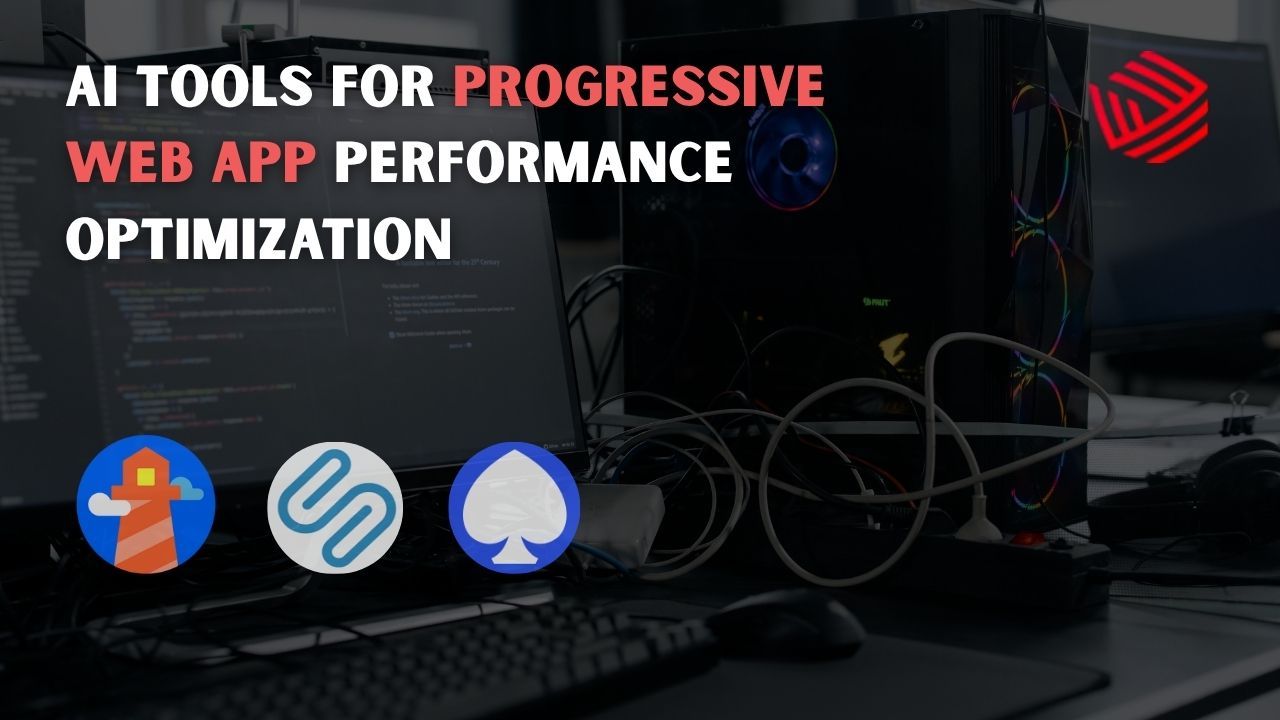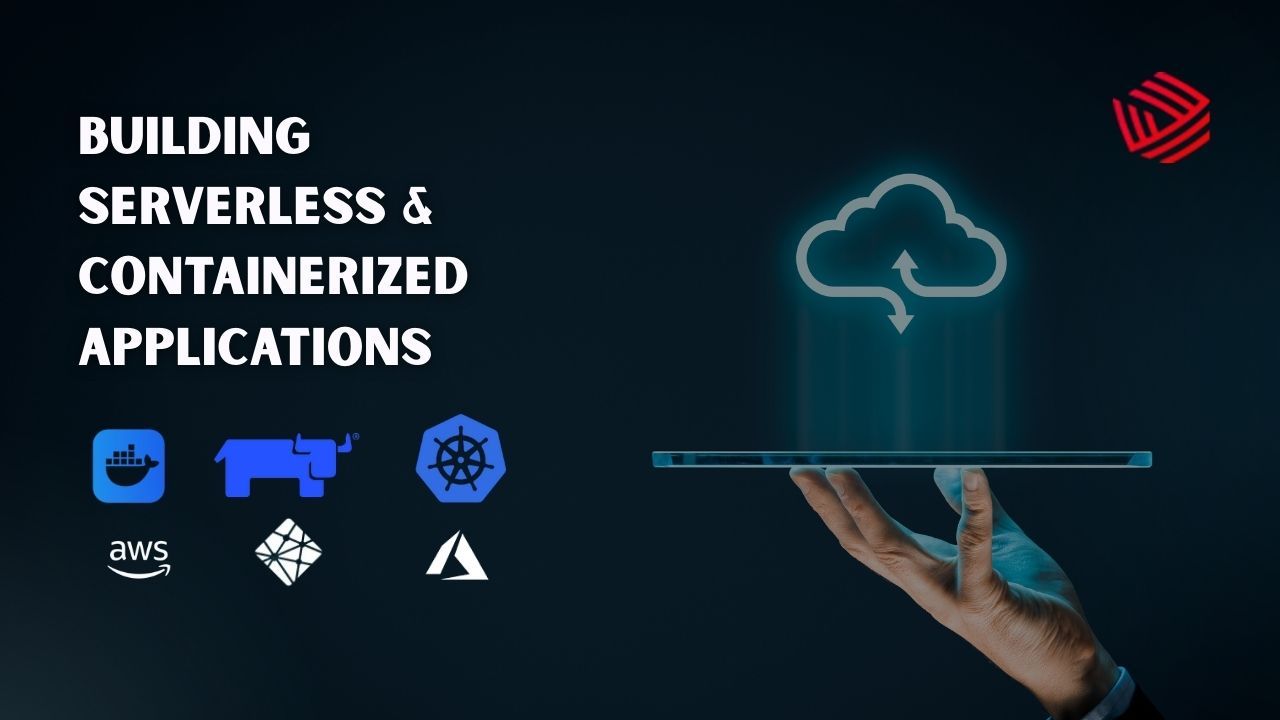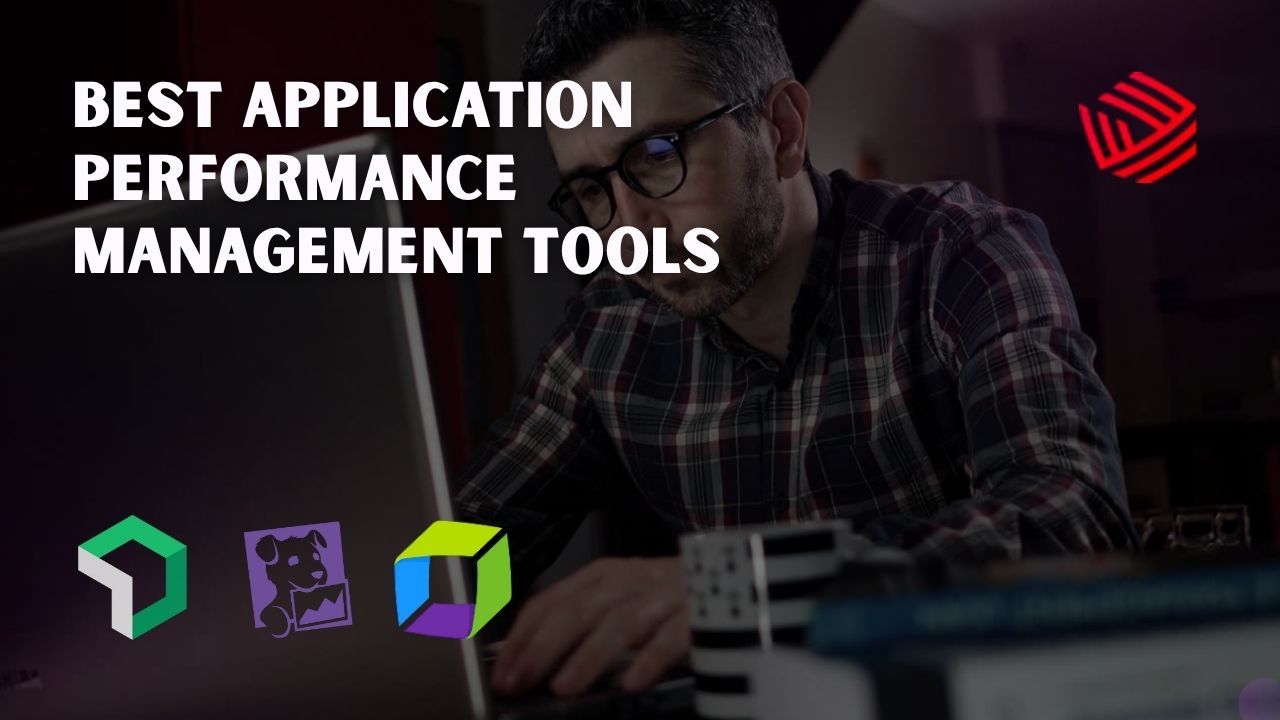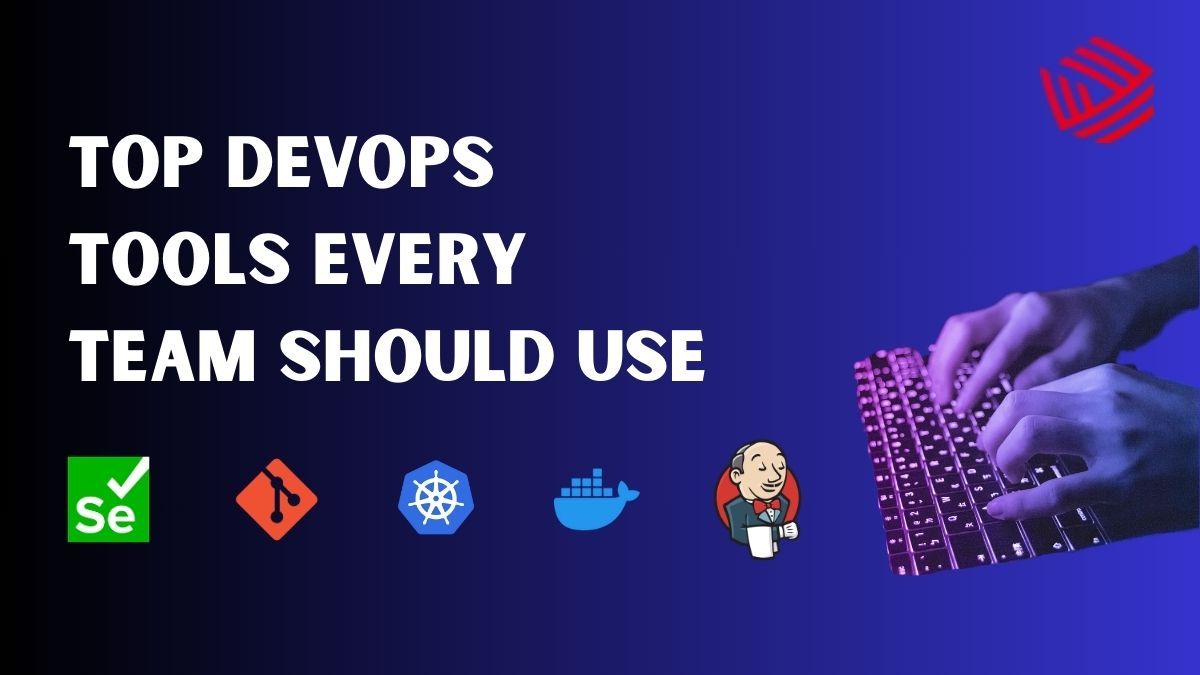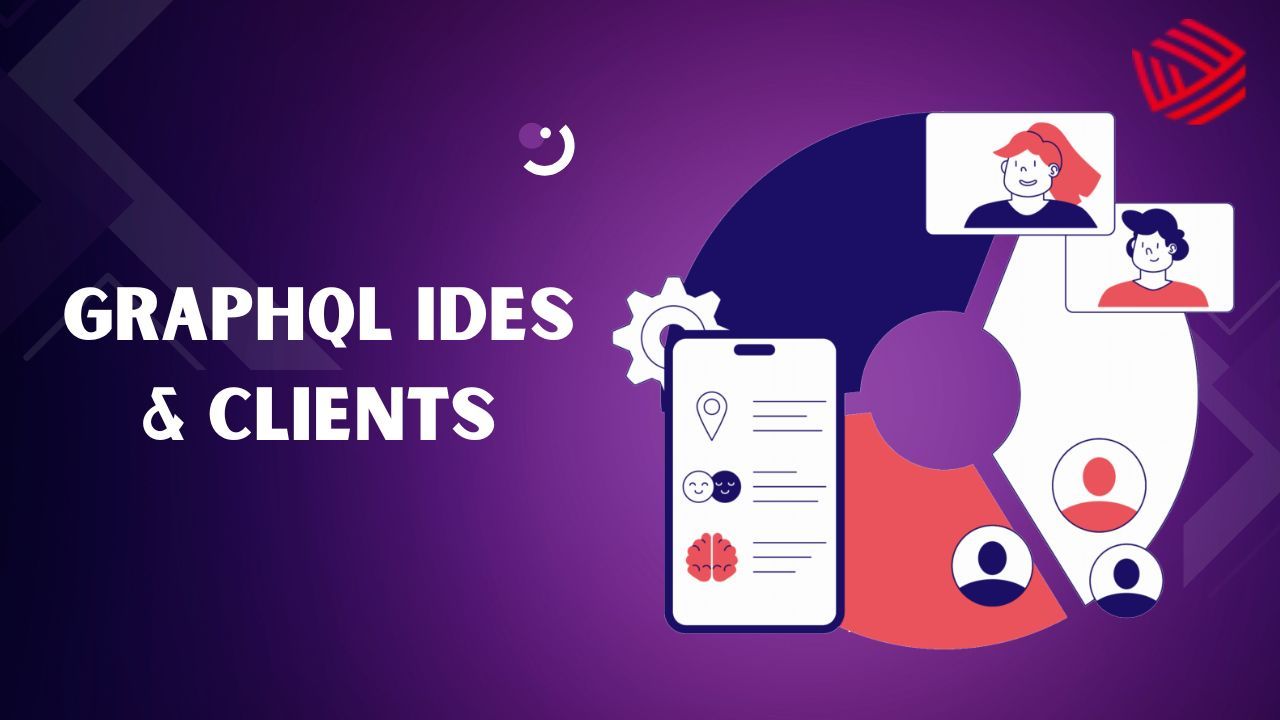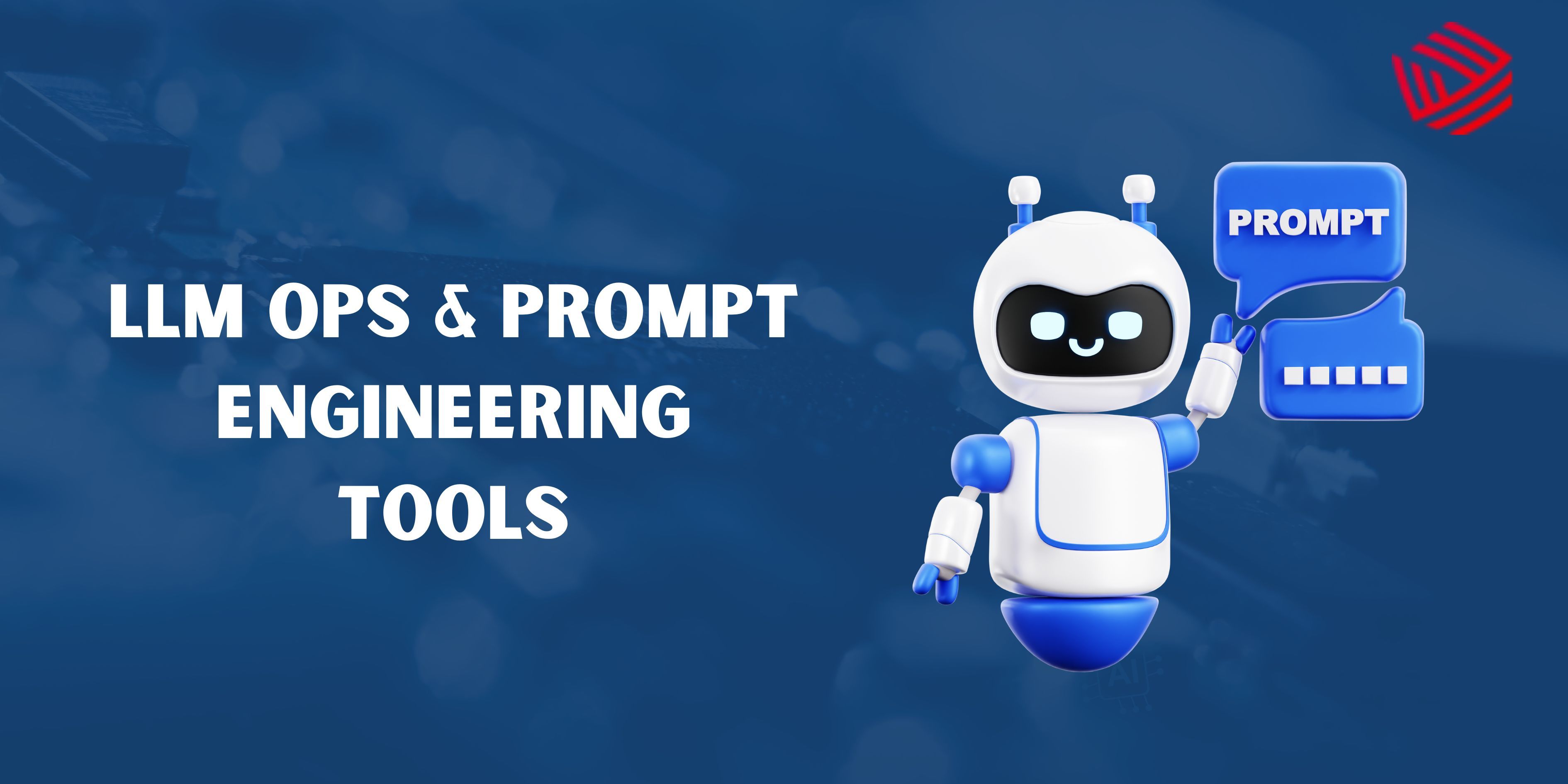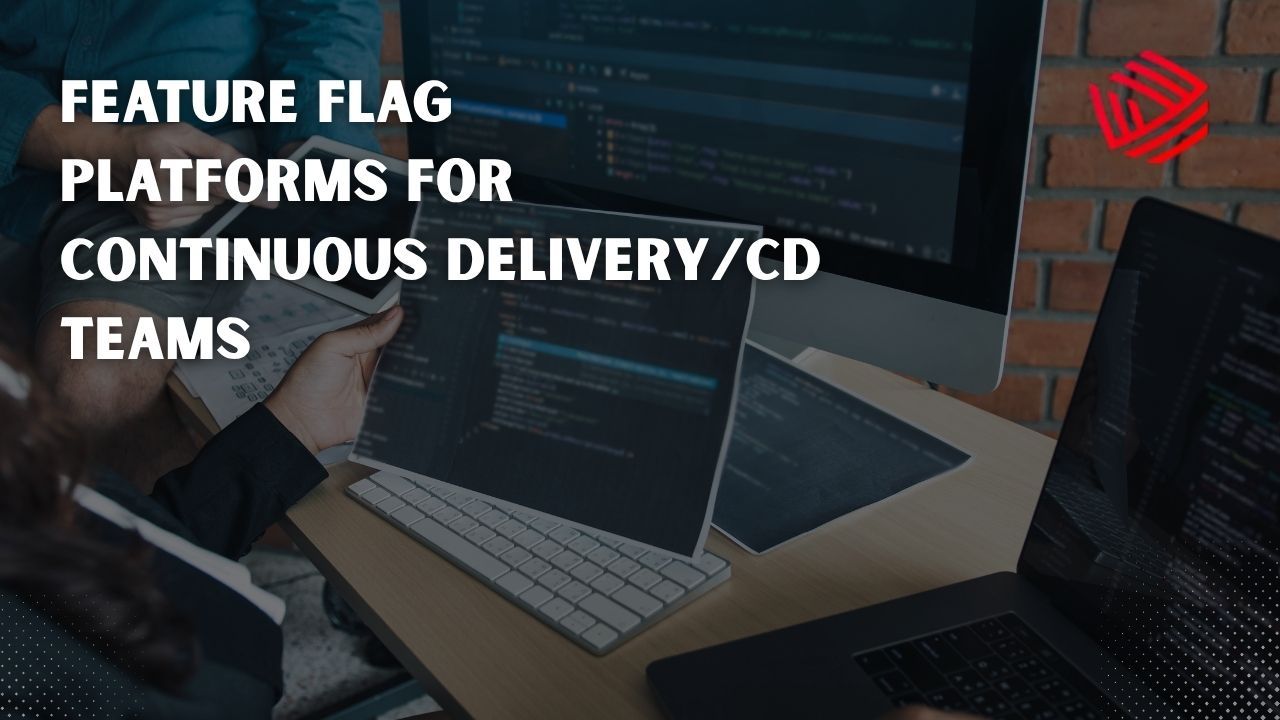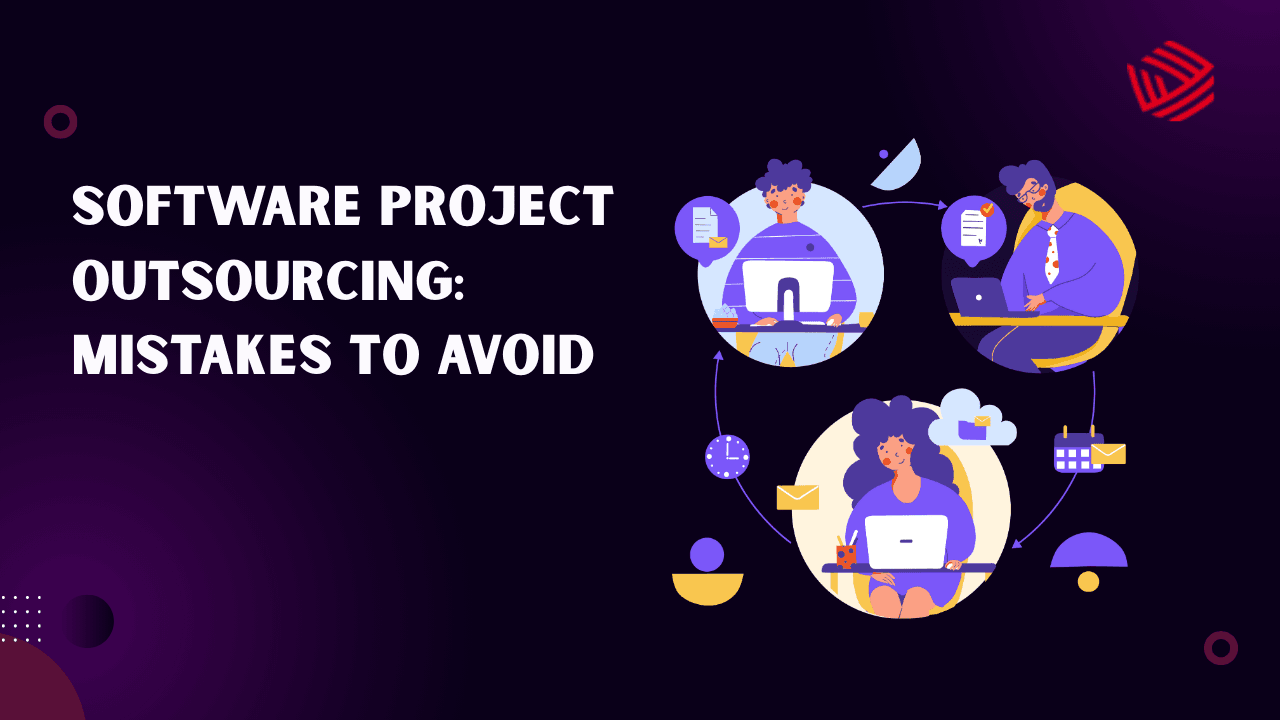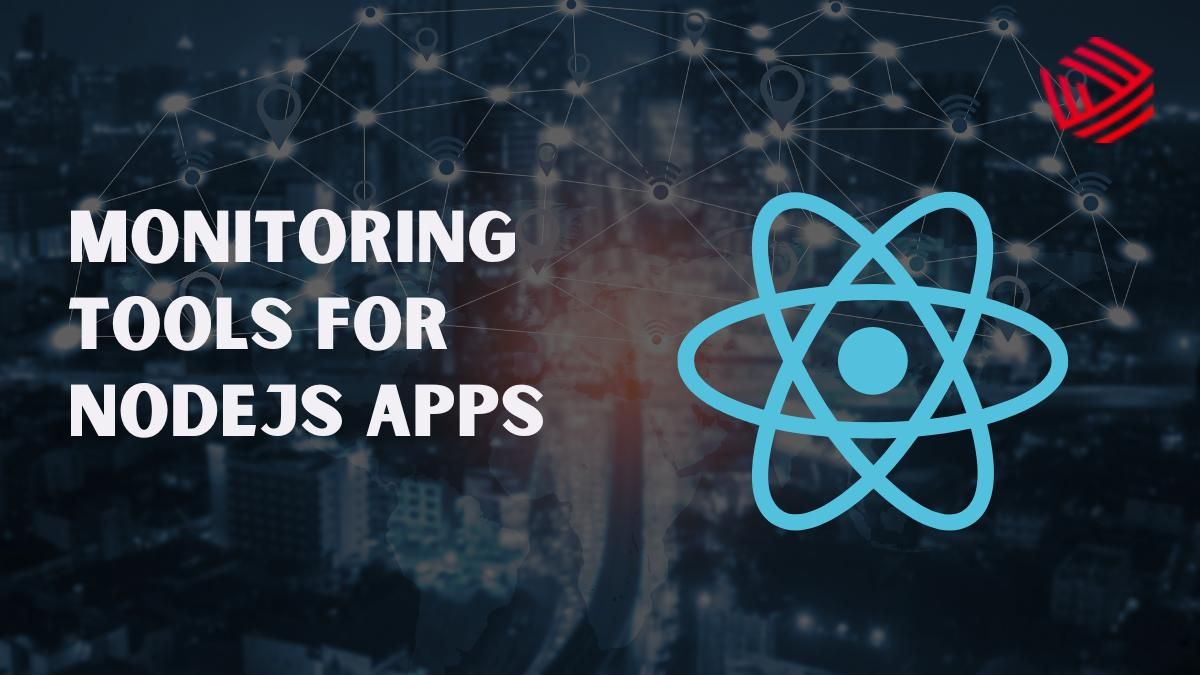Creating scalable web applications in 2025 requires more than strong development skills—it demands a deep understanding of modern architecture patterns, cloud-native principles, emerging technologies, and evolving user expectations. Businesses today handle significantly higher data volumes, real-time user interactions, and unpredictable traffic spikes, which means Software Developers must build systems that can grow efficiently while still delivering consistent, high-performance experiences.
This guide explains the latest best practices, architecture models, frameworks, and performance strategies that will define Building Scalable Applications in 2025.
Introduction: Why Scalability Matters More Than Ever in 2025
As digital adoption accelerates, modern users expect applications to load faster, handle thousands of simultaneous actions, and provide uninterrupted access across devices. With the rise of 5G connectivity, global user bases, AI-driven features, and real-time interactions, scalability is no longer optional—it is a core requirement.
In 2025, web apps face challenges such as continuously rising traffic loads, demanding analytics requirements, and complex workflows. Therefore, following advanced architecture patterns and proven scalability principles is essential to future-proof applications, especially for Full Stack Developers responsible for managing both front-end and back-end scalability.
Understanding Scalability in Modern Web Applications
Scalability refers to an application’s ability to grow seamlessly when user activity, data volume, or system complexity increases. A scalable app adjusts its capacity without sacrificing performance or user experience.
A highly scalable app in 2025 must support:
- Rapid traffic surges without downtime
- Large-scale distributed processing
- High-speed data retrieval
- Global low-latency delivery
- Real-time user interactions
- Modular feature expansion
Scalability today is built on thoughtful architecture choices, strategic technology stacks, and a strong focus on cost-efficient resource usage.
Core Best Practices for Building Scalable Web Apps in 2025
Embrace Cloud-Native Architecture for Elastic Growth
Cloud platforms remain the backbone of scalable systems. With on-demand scaling, micro billing, serverless execution, and global distribution networks, cloud-native development allows apps to adjust resources dynamically.
Platforms like AWS, Azure, and Google Cloud offer:
- Auto-scaling groups
- Serverless computation (AWS Lambda, Cloud Functions)
- Managed databases (Aurora, Cosmos DB)
- Global CDN distribution
- Container orchestration with Kubernetes
This approach ensures your application grows automatically with demand, reducing costs and enhancing performance.
Leverage Microservices for Independent Scaling
Monolithic apps can bottleneck performance, especially when only a few components require higher resources. Microservices solve this problem by breaking systems into independent services that scale individually.
Benefits include:
- Isolated deployments
- Failure containment
- Improved team productivity
- Independent scaling and optimization
In 2025, microservices combined with container orchestration platforms ensure smooth deployment pipelines powered by modern CI/CD Tools, enabling rapid and reliable updates.
Adopt Event-Driven Architecture for Real-Time Performance
Event-driven systems are essential when applications need to respond instantly to user actions, transactions, or data changes. With technologies like Kafka, RabbitMQ, and managed event buses, apps can achieve extremely high throughput with minimal latency.
Event-driven workflows improve scalability in:
- Financial transaction systems
- IoT applications
- E-commerce order handling
- Customer analytics platforms
By processing events asynchronously, applications maintain performance even under heavy load.
Use Caching Strategically to Reduce Server Load
Caching plays a major role in scalability because it prevents servers from repeatedly performing expensive operations.
Caching strategies in 2025 include:
- Distributed caching (Redis, Memcached)
- CDN caching for static assets
- API response caching
- Edge caching for ultra-low latency
With greater adoption of edge computing, caching increasingly happens closer to users, accelerating response times.
Optimize Databases for High Workload Performance
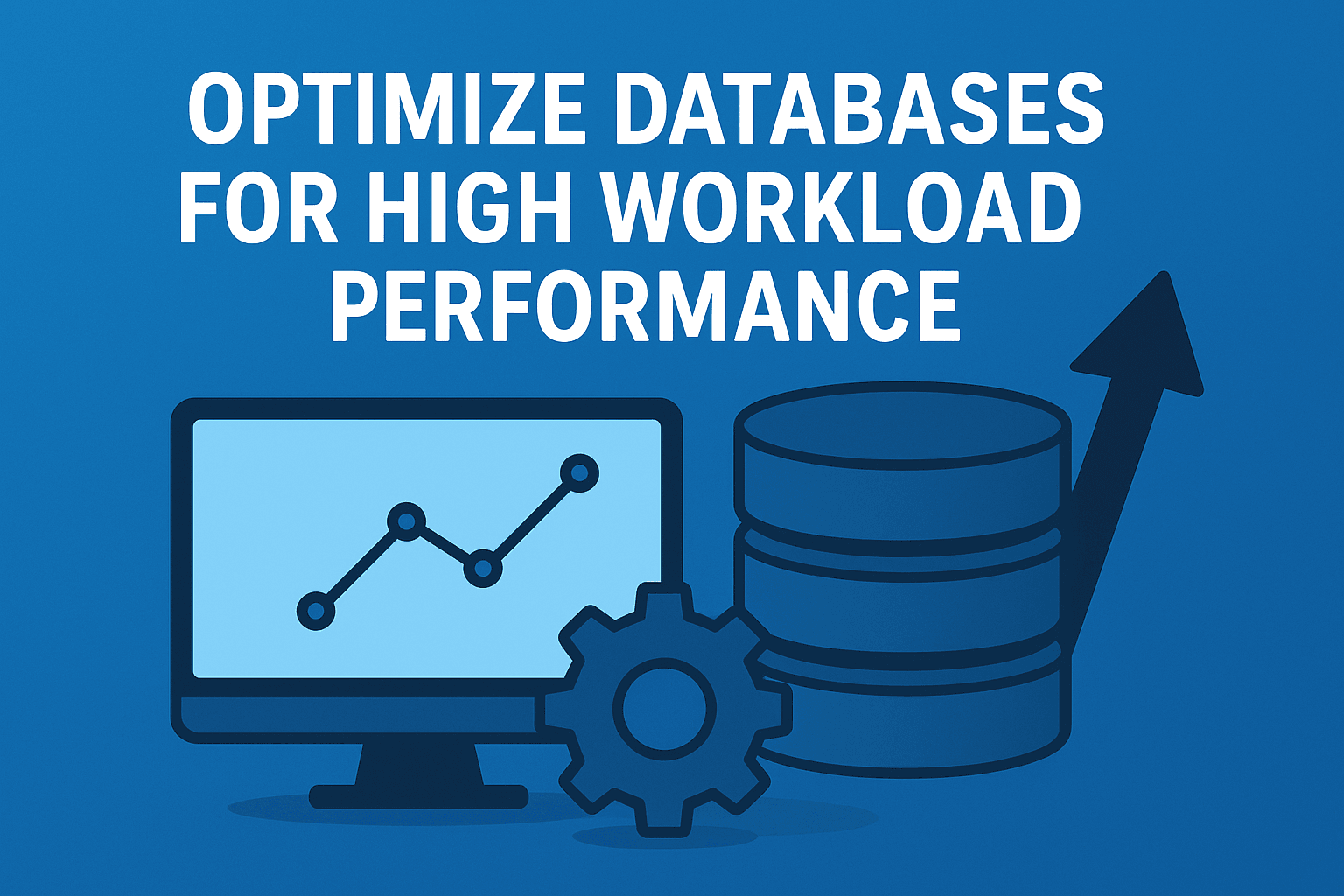
Databases often limit scalability if not optimized. Modern apps require flexible data models and high-volume read/write throughput.
Scalable database options include:
- NoSQL databases for unstructured data
- Distributed SQL databases for strong consistency
- Sharding and partitioning
- Read replicas to handle heavy traffic
- In-memory data stores for real-time lookups
A hybrid database strategy often works best for complex enterprise apps.
Containerization and Kubernetes for Efficient Scaling
Containerized applications run faster, deploy consistently, and scale smoothly under Kubernetes orchestration. In 2025, Kubernetes remains the industry standard for managing distributed applications.
Key advantages:
- Automated scaling and rollback
- Resource-efficient deployments
- Self-healing container clusters
- Load balancing at cluster level
Containers also support multi-cloud strategies, reducing vendor lock-in.
Advanced Architecture Patterns for 2025
Micro-Frontends for Scalable UI Development
Modern applications require scalable frontend architecture too. Micro-frontends break large UIs into independently deployable components, enabling faster updates and isolated development environments.
Serverless Architecture for Cost-Optimized Scaling
Serverless platforms eliminate infrastructure management, scaling automatically based on usage. For unpredictable traffic patterns, serverless apps remain cost-efficient and high-performing.
Common serverless elements:
- API Gateways
- Cloud functions
- Managed databases
- Event triggers
Ideal for SaaS platforms, IoT systems, and media-heavy applications.
Edge Computing for Low-Latency Web Interactions
With growing emphasis on real-time experiences, edge computing places computation near users.
Edge nodes help deliver:
- Faster load times
- Localized responses
- Reduced server strain
- High availability
Edge computing complements cloud backbones, creating hybrid architectures optimized for performance.
Tools & Frameworks for Building Scalable Web Apps
Developers have access to powerful tools in 2025 that simplify scalability:
- Next.js & Remix for scalable frontends
- Node.js, Django, Go, and Rust for high-speed backend APIs
- Kubernetes & Docker for container orchestration
- Terraform & Pulumi for infrastructure automation
- MongoDB Atlas, CockroachDB, DynamoDB for scalable data layers
Choosing tools based on project needs helps maintain long-term performance consistency.
Security Is a Core Part of Scalability
As web apps scale, security requirements scale with them. Threat surfaces expand, API endpoints multiply, and more data flows across the network.
Important security measures include:
- API rate limiting
- Zero-trust architecture
- Strong authentication mechanisms
- Regular penetration testing
- Data encryption and tokenization
Strong security prevents breaches that can disrupt availability and reduce user trust.
Cost Optimization While Scaling
Scalability must be both efficient and cost-effective. Cloud-native features like autoscaling, reserved instances, and serverless computation help optimize costs while maintaining performance.
Techniques include:
- Monitoring real-time usage
- Right-sizing compute resources
- Choosing managed services over custom setups
- Leveraging CDN and edge delivery
- Database cost optimization using multi-tier storage
Smart budgeting ensures sustainability as traffic grows.
Future Trends in Scalable Web App Development
Key trends shaping 2025:
- AI-based auto-scaling
- Self-healing architectures
- Greater adoption of serverless and edge computing
- Hybrid cloud-edge models
- Real-time application analytics
- Distributed databases with near-zero latency
These trends will continue to influence scalable design practices for years ahead.
Popular Architectural Patterns for Scalable Web Apps

Layered (N-Tier) Architecture
This classical pattern separates concerns into layers (presentation, business logic, data), making applications easier to manage and scale by independently evolving layers.
Client-Server Pattern
A fundamental design where clients interact with centralized servers; modern apps often enhance this with caching and load balancing for scalability.
Microservices Architecture
As discussed, microservices offer modularity and enable independent scaling of services, ideal for large-scale, complex applications.
Event-Driven Architecture
Applications react to events or messages (e.g., user actions, system signals). This asynchronous model supports scalability by allowing components to operate independently and process workloads efficiently.
Serverless Architecture
Platforms run backend code in response to triggers without managing servers directly, offering elastic scaling and cost-effective execution.
Conclusion
Building scalable web apps in 2025 demands a thoughtful balance of architecture, cloud strategies, and performance optimization. With rising user expectations, expanding digital ecosystems, and rapid technology evolution, scalability has become the foundation of long-term success. By implementing modern frameworks, cloud-native tools, edge computing, microservices, and smart database strategies, developers can build applications that deliver consistent, high-performance experiences—no matter how fast user demand grows.
Common Questions About Building Scalable Web Apps
How do I know when to scale my web app?
When app performance degrades under load, response times increase, or errors multiply, it signals the need for scaling. Key metrics like CPU utilization, memory, and request latency help identify bottlenecks.
What languages and frameworks are best for scalability?
Languages like Go and Rust are praised for performance microservices. Frameworks such as React.js (frontend) with Next.js for SSR, Node.js for backend, and GraphQL for APIs are popular choices supporting scalable development.
Can I scale without cloud infrastructure?
Scaling without cloud is possible via on-premise servers, but it introduces higher costs and complexity. Cloud platforms provide flexibility, lower upfront costs, and managed services, accelerating growth.
What role does DevOps play in scalability?
DevOps practices with continuous integration and continuous deployment (CI/CD), infrastructure as code, and automated monitoring enable fast, reliable deployments and seamless scaling.



